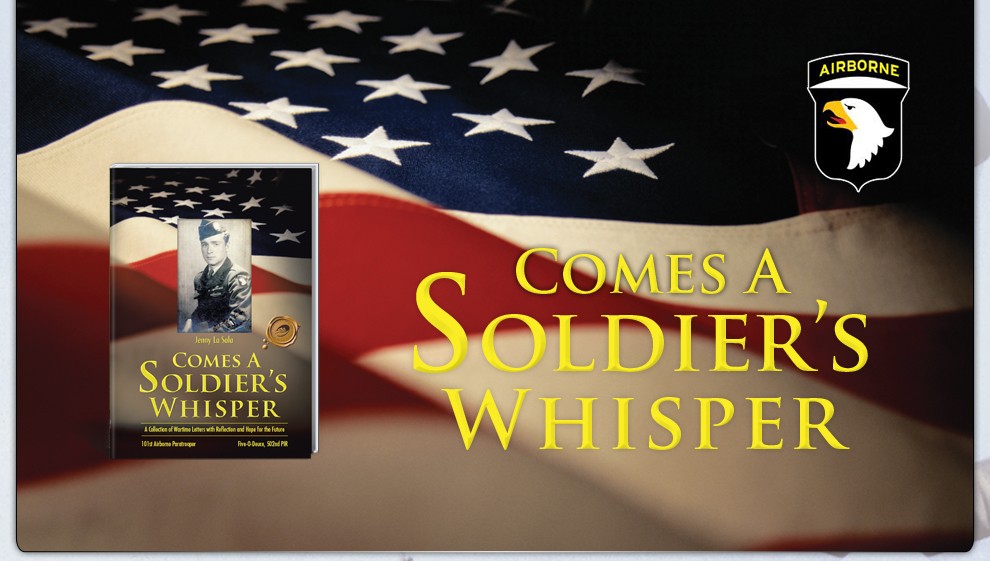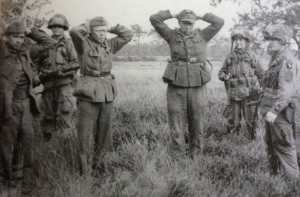


The swastika symbol is more than 3,000 years old and is commonly associated with Nazi Germany.
The term “Swastika” was originally the name for a hooked cross in Sanskrit, and swastikas have been found on artifacts, such as coins and pottery, from the ancient city of Troy. Throughout its history, the swastika represented life, sun, power, strength and good luck. In the early 20th century, it was still considered a positive symbol. During World War I, it was found on shoulder patches of members of the American 45th Division and the Finnish air force.
Only after the Nazi period did its connotation change. German nationalists chose to use the swastika in the mid-19th century because it was associated with the Aryan race and Germanic history. The swastika officially became the emblem for the Nazi Party on August 7, 1920, at the Salzburg Congress. Describing the new flag in Mein Kampf, Hitler said the swastika symbolized the victory of the Aryan man, a man much like the appearance of my 101st Airborne father, tall, slender with blonde hair and blue eyes.
I remember Dad telling us one of his rare recollections of his 502nd PIR unit taking German prisoners in Holland. It was hot and some of the 101st airborne paratroopers like Dad removed their shirts. Dad noticed the German prisoners kept staring at him in particular. He remarked, “Damn, what are they staring at!” to which one of the other paratroopers laughingly remarked, “David, they think that tattoo on your arm is a swastika and that you’ve switched sides!” Dad had a tattoo on his left forearm that at one time represented a previous girlfriend’s initial, which he later altered and from a distance could have been misconstrued as a swastika. Well, the guys had a good laugh over that confusing the German prisoners all the more… Dad eventually lightened up and saw the humor in the situation.
Today the swastika symbol is most commonly associated with Nazi Germany, the Holocaust, neo-Nazis and other hate groups.
COMES A Soldier’s Whisper, remembering history and veterans, one day at a time…
Jenny La Sala
COMES A Soldier’s Whisper
COMING SOON: Comes A Soldier’s Whisper VIETNAM & Beyond
www.comesasoldierswhisper.com
www.facebook.com/ComesASoldiersWhisper
Book Orders: https://comesasoldierswhisper.com/buy/
Prisoner Photo Source: Orange is the Color of the Day
www.d-day-publishing.com/





